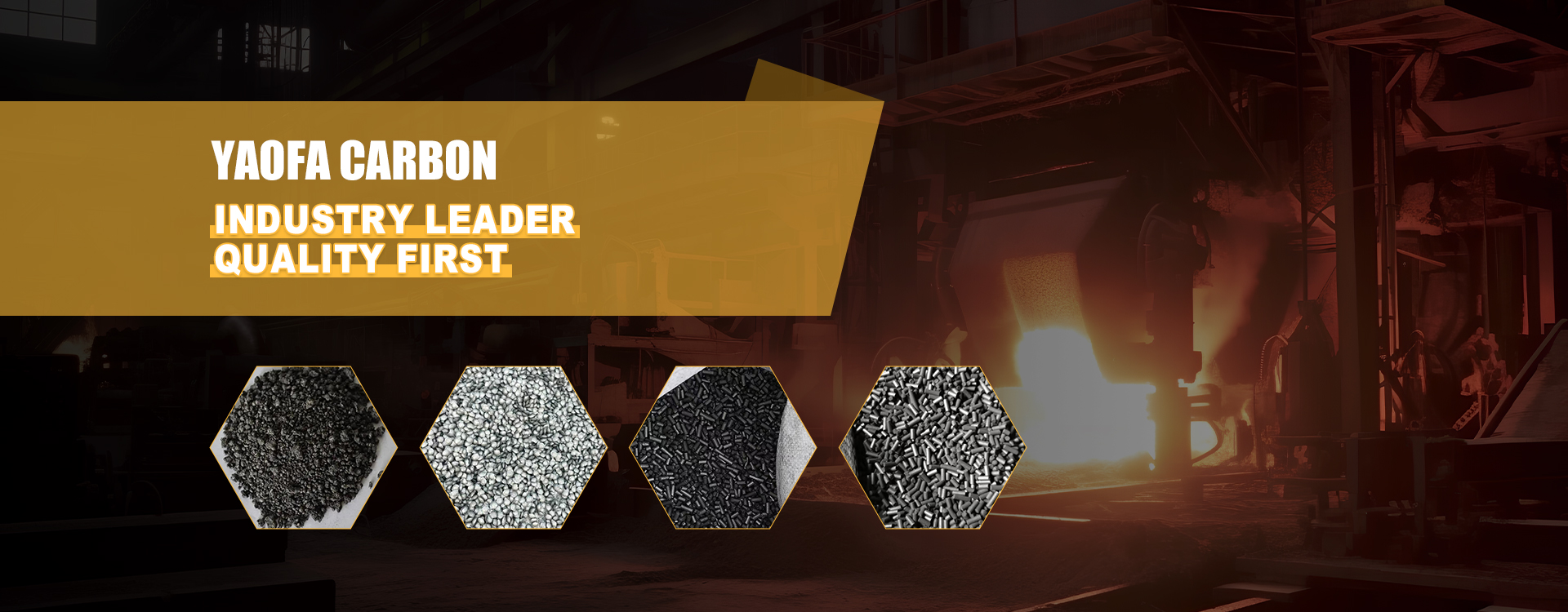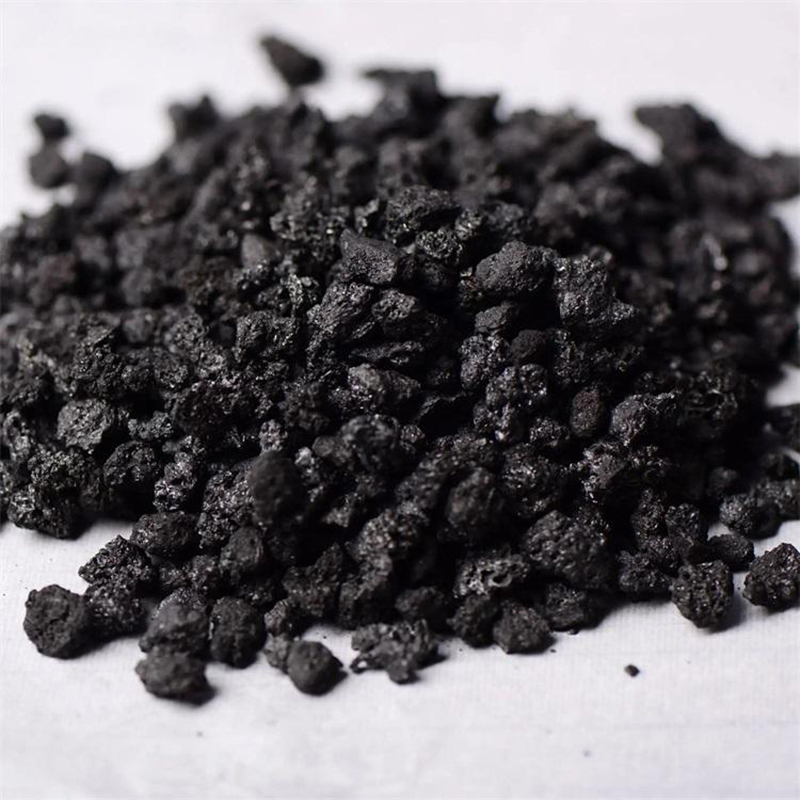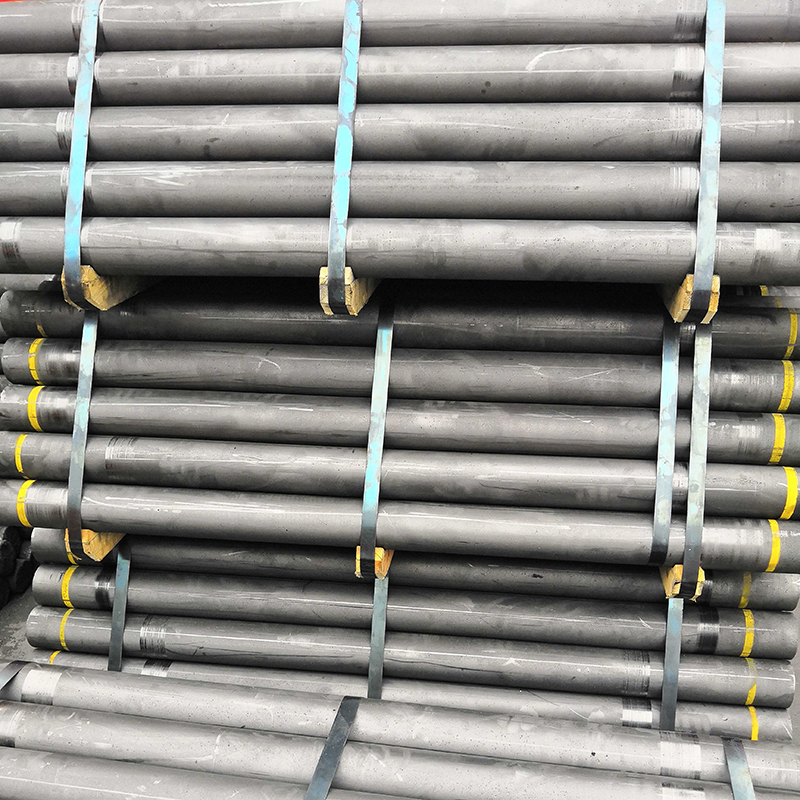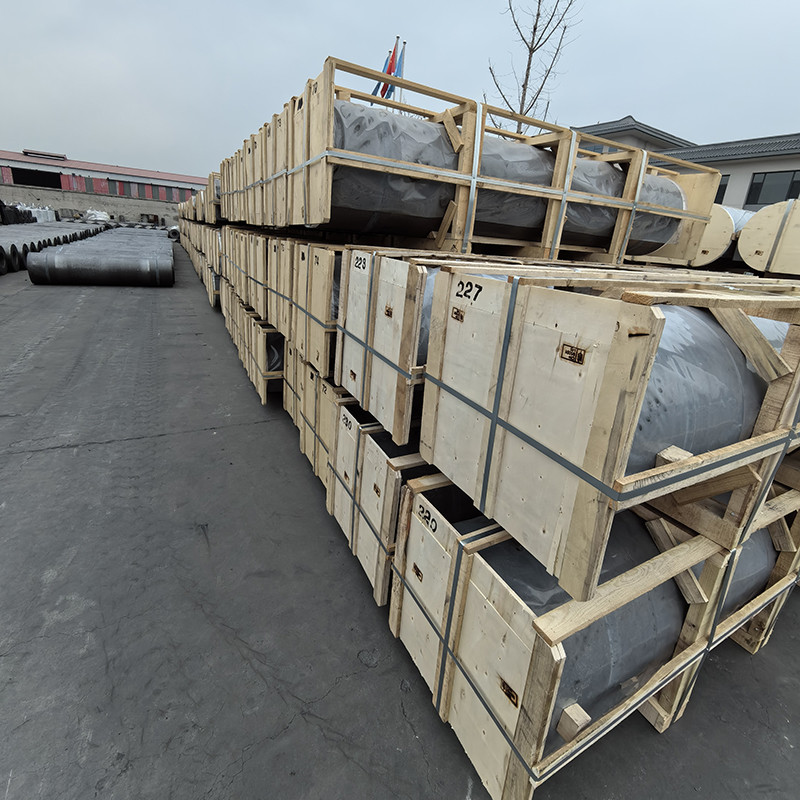- Chinese
- French
- German
- Portuguese
- Spanish
- Russian
- Japanese
- Korean
- Arabic
- Irish
- Greek
- Turkish
- Italian
- Danish
- Romanian
- Indonesian
- Czech
- Afrikaans
- Swedish
- Polish
- Basque
- Catalan
- Esperanto
- Hindi
- Lao
- Albanian
- Amharic
- Armenian
- Azerbaijani
- Belarusian
- Bengali
- Bosnian
- Bulgarian
- Cebuano
- Chichewa
- Corsican
- Croatian
- Dutch
- Estonian
- Filipino
- Finnish
- Frisian
- Galician
- Georgian
- Gujarati
- Haitian
- Hausa
- Hawaiian
- Hebrew
- Hmong
- Hungarian
- Icelandic
- Igbo
- Javanese
- Kannada
- Kazakh
- Khmer
- Kurdish
- Kyrgyz
- Latin
- Latvian
- Lithuanian
- Luxembou..
- Macedonian
- Malagasy
- Malay
- Malayalam
- Maltese
- Maori
- Marathi
- Mongolian
- Burmese
- Nepali
- Norwegian
- Pashto
- Persian
- Punjabi
- Serbian
- Sesotho
- Sinhala
- Slovak
- Slovenian
- Somali
- Samoan
- Scots Gaelic
- Shona
- Sindhi
- Sundanese
- Swahili
- Tajik
- Tamil
- Telugu
- Thai
- Ukrainian
- Urdu
- Uzbek
- Vietnamese
- Welsh
- Xhosa
- Yiddish
- Yoruba
- Zulu
- Kinyarwanda
- Tatar
- Oriya
- Turkmen
- Uyghur

coal tar industrial uses
Industrial Uses of Coal Tar: A Practical Perspective
Coal tar, a byproduct of the coking process in steel manufacturing, often gets dismissed as just another industrial leftover. Yet, for those in the know, it’s a treasure trove of potential. Misunderstanding of its value is common; people often overlook the multifaceted applications it offers across various sectors. Let me share some insights drawn from direct experience in dealing with this complex material.
Understanding the Basics of Coal Tar
Coal tar's composition is what makes it stand out. It's packed with hydrocarbons—different fractions serving specific purposes. You'll find it in everything from construction to pharmaceuticals. Historically, it was one of the first sources of synthetic dyes, setting the stage for modern chemical industries. But its role has expanded over time. It's not just about the past; contemporary applications are unique and nuanced.
Working with coal tar can be both challenging and rewarding. I recall one instance where I underestimated the concentration needed for a particular process. That was a costly mistake, both in terms of time and resources. The takeaway? Always know the composition of your product. It massively influences how you can use it and the efficiency of those applications.
In manufacturing, coal tar operates almost invisibly. Asphalt, for instance, garners attention for its durability largely due to the coal tar mixed in. The binding ability of tar, when heated and applied, contributes significantly to its resilience under heavy traffic. Yet, mentioning this in boardroom discussions often draws blank stares, a testament to how underappreciated this material is.
The Role in Carbon Product Manufacturing
If you delve into the carbon manufacturing realm, as a company like Hebei Yaofa Carbon Co., Ltd. does, the role of coal tar becomes pivotal. This company, with its extensive experience, demonstrates how integral these carbon materials are. Their products, such as carbon additives and graphite electrodes, often utilize coal tar derivatives in production.
Years ago, when I started consulting for firms similar to Hebei Yaofa, the learning curve was steep. One quickly realizes that despite its complexity, coal tar adds an edge, enhancing product quality. This plays out practically when producing high-performance materials. You see, tar-derived binders add structural integrity to products, something that unrefined alternatives fail to match.
Experience across various projects has shown that the trick lies in adjusting formulations to match specific requirements. Different sectors demand different purity levels, viscosities, and distillation techniques. A one-size-fits-all approach simply won’t cut it.
Challenges with Handling and Processing
Working with coal tar isn't without its headaches. It’s viscous, sometimes downright sticky, and when handling volumes, it can be a logistical nightmare. For example, I’ve seen transport mishaps because the wrong temperature settings turned the tar solid mid-transit. Believe me, that’s not something you want to deal with at the job site.
Then there’s the environmental aspect. As industries become more ecologically conscious, the management of coal tar residues has come under scrutiny. Meeting regulations requires meticulous planning and adhering to disposal protocols. Based on observations, integrating recycling processes helps. Some industries have even turned waste management into an opportunity, developing new products from what was previously seen merely as waste.
These demands emphasize the significance of specialized equipment and protocols. In one project, implementing an automated temperature control system mitigated a lot of processing issues. It wasn’t a silver bullet but certainly eased the operational load significantly.
Applications in Other Industries
Aside from carbon products, coal tar finds relevance in diverse sectors. Take medicinal applications, for instance. Dermatological products often utilize coal tar for its therapeutic properties in treating skin conditions. It’s these unexpected applications that broaden one’s perspective on industrial chemicals.
Similarly, in the chemical industry, tar serves as a raw material for synthesizing numerous compounds. However, not every use is straightforward. Processes must sometimes be adapted substantially to accommodate specific tar properties—adjusting equipment, altering chemical baths, etc. It's an evolving challenge but also intellectually rewarding.
One particular memory stands out—collaborating with a company developing a new kind of resin with coal tar. The project was rife with iterative testing, failures informing progress. Eventually, we achieved a breakthrough, underscoring the potential within this material.
Concluding Thoughts on Coal Tar Utilization
Reflecting on coal tar’s industrial uses, it’s clear that success hinges on innovation and experience. Those of us working with this material know that while challenges are numerous, so are the opportunities. Hebei Yaofa Carbon Co., Ltd. at https://www.yaofatansu.com, exemplifies how tapping into these can transform both industries and products.
The key takeaway for anyone delving into this field? Stay adaptable. Embrace the intricacies of coal tar. After all, it’s the unconventional paths that often lead to the most rewarding results.
In essence, the coal tar story is one of ongoing evolution—a resource that reflects the depth and breadth of industrial creativity. With the right approach, it continues to promise potential yet to be fully realized.
Related products
Related products
Best selling products
Best selling productsRelated search
Related search- China making a graphite crucible
- graphite crucible furnace
- HP high power graphite electrode supplier
- portable bus shelter
- solar powered bus shelter
- graphite crucible for sale factory
- graphite used as electrode supplier
- small graphite crucible Manufacturer
- 300mm rp graphite electrode for arc furnace
- coal tar online supplier













